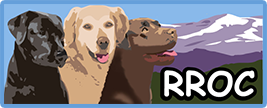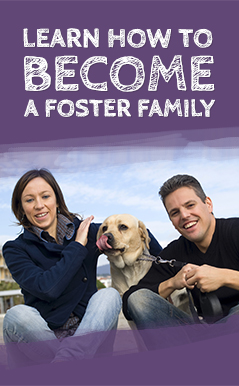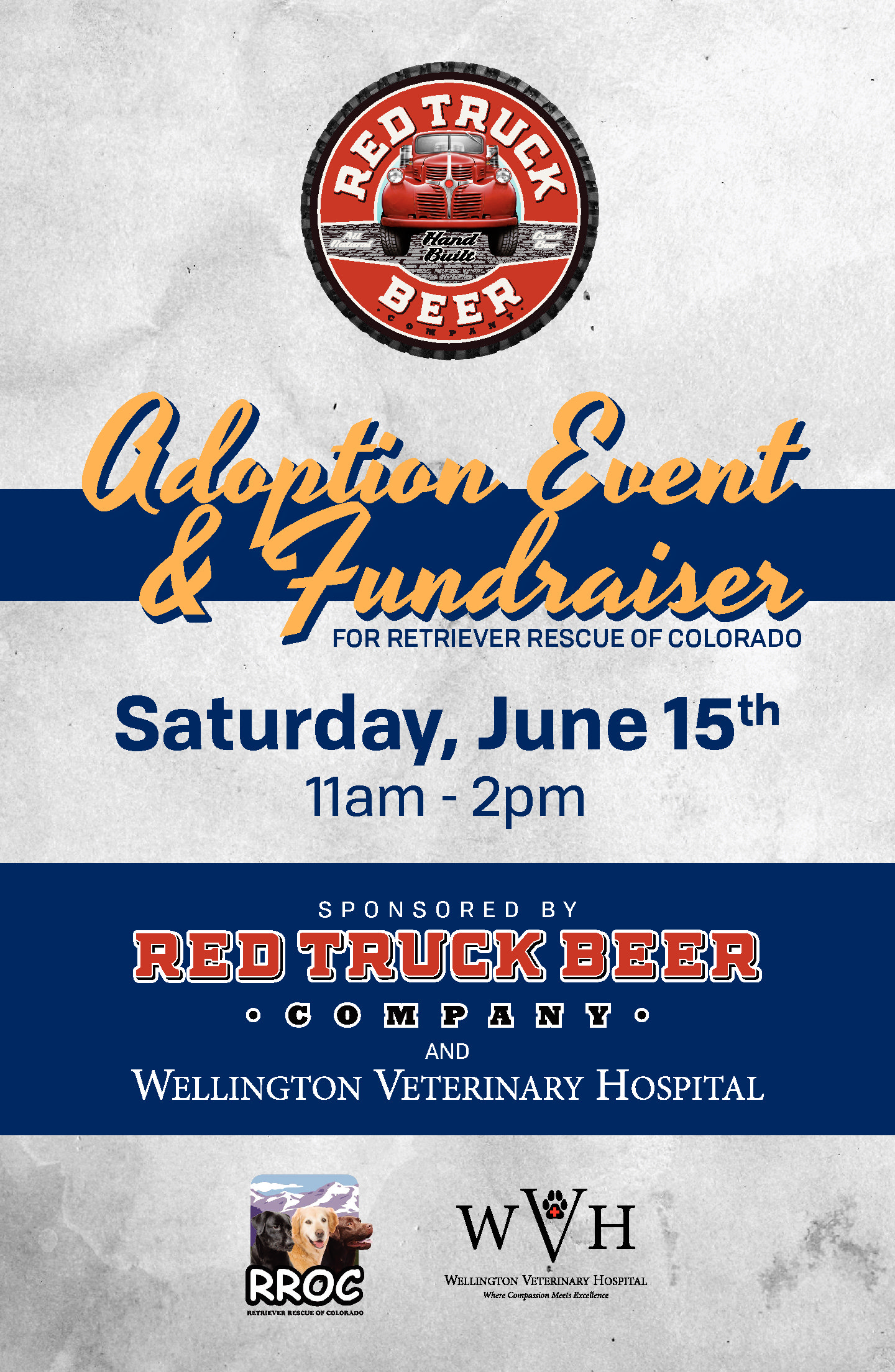
All too often, we see a breed of dog and fall in love with its looks and do not consider that the breed may be an unsuitable match for your lifestyle, home, ability to train, and control the dog. You know that feeling when you just have to have a Retriever because they are so darn loveable?! Of course you do…and so do we.
BUT adopting a dog on impulse is never a good idea. As with welcoming any pet into your life, you must educate yourself first. Find out what the breed is truly like, speak with people who have Retrievers or Retriever mixes and find out what problems they have encountered. It is very important that you ask the right questions about the breed and about yourself. While we love all of our dogs, Retrievers have BOTH negative and positive aspects that you ought to consider before adopting.
Manners & Obedience
Some people think that Retrievers are like furry little people with 4 paws. They are not. They are dogs. Like with people, they are not born with manners. They need to be taught. Retrievers are typically eager to please but a lot of work needs to be put into training the dog before he or she is considered well mannered.
Energy Level & Exercise
Retrievers can be very energetic and playful. This means that they need space, may knock down children or jump on adults when they are roughhousing unless you train them not to do these kind of things. While training is VERY important, the need for exercise cannot be underscored enough. Retrievers of all ages need A LOT of exercise. At the very least, 3 walks a day for at least 20 minutes each and at least one play session a day are needed to keep these dogs happy and calm. Retrievers don’t have that name for nothing. Most want to play fetch and love doing so. Ask yourself if you can commit to 3 walks a day, plus one play session, plus a 15-20 minute game of fetch.
Protection
We’ve heard people request a Retriever because they want a guard dog. While they can be good watchdogs and alert you when strangers come to your home, they are generally too affectionate to be good guard dogs.
Companionship
Retrievers or Retriever Mixes are great family companions and want to be in your company. When you leave the room, a Retriever will probably follow you. Translation: You must work on separation training. Since Retrievers are a social breed who thrives on companionship, leaving them alone for long stretches of time, without proper training and exercise, may lead to destructive behavior.
Attention
Dogs deserve plenty of attention and affection. Friendship is a two-way street. When Retrievers do not get enough attention they have a tendency to bark, chew your belonging, or run away from home. Nobody wants those things to happen so be sure that you can give your dog your love and devotion. Dogs are emotional beings and to neglect them is hurtful to them and will certainly be a displeasure for you. With lots of love and attention, your dog will be well adjusted and so much fun to be around that you will wonder how you enjoyed life before he/she arrived.
Size
Puppies do not stay little for long! A typical male Retriever will weigh and a female is usually in the range. Consider these sizes and the space that they will need in your home.
Intelligence
Retrievers are smart which means they are fully capable of training you before you can train them. The earlier the obedience classes or training, the better. We cannot say this enough – a bored Retriever can make a pest of themselves. It is essential that you have the time to put into training them and giving them a good amount of exercise and attention so that they can be the best part of your family a dog can be.
Food & Eating
Retrievers are not fussy eaters. Most L-O-V-E food and treats. This can a great aid for training but can also be a sore point when they jump up on the counter to eat your cheeseburger. Proper food etiquette training is required so that you can avoid things like counter surfing, garbage bin diving, and begging. Using food as a motivator for training is great, but don’t forget that you also have to teach your dog when and where he/she must stay away from food.
Leave a Comment
You must be logged in to post a comment.






